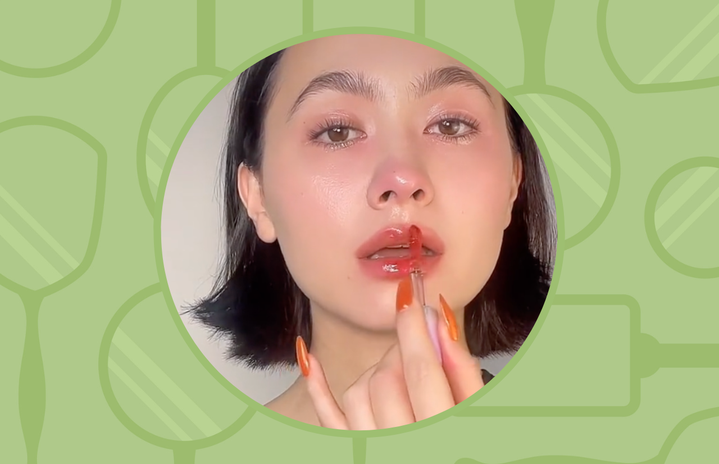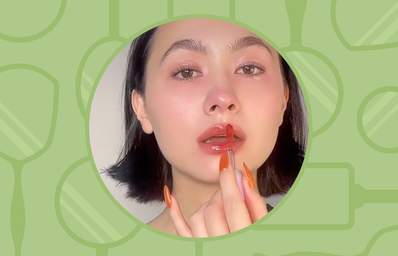When innocently perusing the aisles of beauty stores, swearing we’re just there to swatch some glitter eye shadow, the smallest, most unassuming things can catch our wandering eyes.
Hey, I saw that new campaign on my “for you page” a few days ago, you may think, as you pick up a pot of lip-hydrating gooeyness. Instantly, the berry glaze or cherry gloss squeezed into their pristine containers seems too delicious to resist. You trail into the check-out line, swipe your Card-To-Happiness, and walk out a renewed human being.
But why is there such a covetous craze around lip products? Why do we thirst for content around lip combos, celebrating the browns, reds, pinks and nudes of an area of the face that isn’t focused on much in our daily lives when compared to our eyes?
The beauty industry — lip products and all — needs to understand the desires of the female consumer if they want to sell hordes of their products at a time. The average woman’s consumer habits need to be identified in the context of the economy she plays a part in! It’s not too difficult to say that when the average female consumer’s lifestyle reflects the simplicity of the times, she creates a budget.
Shopping habits change to prioritize daily necessities and to accommodate the implements and services that are basic to human life. Think groceries, car payments, and rent — all things that lead to a nightmare of cuts in the beauty industry.
ZAP! Monthly Sephora runs are gone. ZAP! No-buy months are set into place. ZAP! She decides to finish what she has instead of buying something new.
This is all too much heartbreak for the well-intentioned beauty industry to bear. The question is, for a machine that thrives off of the female imagination and its desire for a higher self — the IT girl, the model-off-duty, the pilates princess — how does beauty change when the times reflect an economic tumult?
The woman’s desire certainly doesn’t change — women have beautified themselves through history and have braved famines, wars, cultural annexations, and everything under the sun. But face creams have always been around. Neanderthals were known to wear glitter because the iridescent pigment packed into rocks fascinated them so much.
With the question of what to do, heads of beauty companies sit down in their great big offices, pondering the dystopian question: how can we get to the woman who is making economies?
What can we sell to her to make her think that she doesn’t need to miss out on groceries and rent and that she can pay her monthly bills and still own the latest and hottest in beauty?
A ground-breaking foundation formula won’t make the cut; too expensive on the shelf and a buzzkill to market. An eyeshadow palette won’t do either, even if the pigments were crushed from the fruits of Eden itself, “Where would I even wear those colours?” she would think, and walk away. No, those would be disappointing to everyone.
Instead, their heads lift, and expressions fill with light when they think of an answer — the one product that women are guaranteed to prefer over a highlighter, mascara or eyebrow gel. A product that, if marketed well enough, can offer the least-expensive, most satisfying alternative to a full face of expensive products. Small, beautiful purchases take precedence over lavish beauty curation.
Quickly, beauty’s biggest brands pop out lip products promising hydration, shine, gloss, plump, life, death, good, and evil to any who wears their lip balm, butter, stick, mask, or gloss.
Think of the last time you saw an advertisement for concealer on your social media. Then think of what the comment section for a video of a regular-degular influencer looks like. They don’t care if the video she makes is about the death of her mother; she needs to drop the lip combo fast before someone gets her father next.


